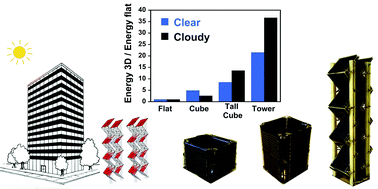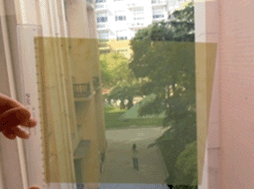Scientists in Korea say that silica (SiO2; quartz) could be a cheap anode for lithium ion batteries.
Silica was benign and would not react with lithium because of its stability as an oxide, but the team has shown that by using mechanical milling, the oxide is reduced and the silica forms nanosized silicon embedded in amorphous silica using bulk crystalline quartz powders.
When they applied the material as an anode in lithium ion batteries, they found that the milled silica exhibited a reversible capacity ~800mAhg-1 over 200 cycles.
‘HOT’ EES Communication:
Quartz (SiO2): a new energy storage anode material for Li-ion batteries
Won-Seok Chang, Cheol-Min Park, Jae-Hun Kim, Young-Ugk Kim, Goojin Jeong and Hun-Joon Sohn
Energy Environ. Sci., 2012, DOI: 10.1039/C2EE00003B













 Read this EES paper today:
Read this EES paper today: